In a world overflowing with possessions, notifications, and commitments, the idea of minimalist living has become increasingly appealing. Minimalism is more than just a design trend or aesthetic choice—it’s a lifestyle philosophy centered around simplicity, intentionality, and clarity. The promise of minimalism is not simply a decluttered home, but a decluttered life. But where does one begin when the idea of “living with less” seems overwhelming? Here’s a practical guide to help you start your journey toward minimalist living.
1. Understand What Minimalism Means to You
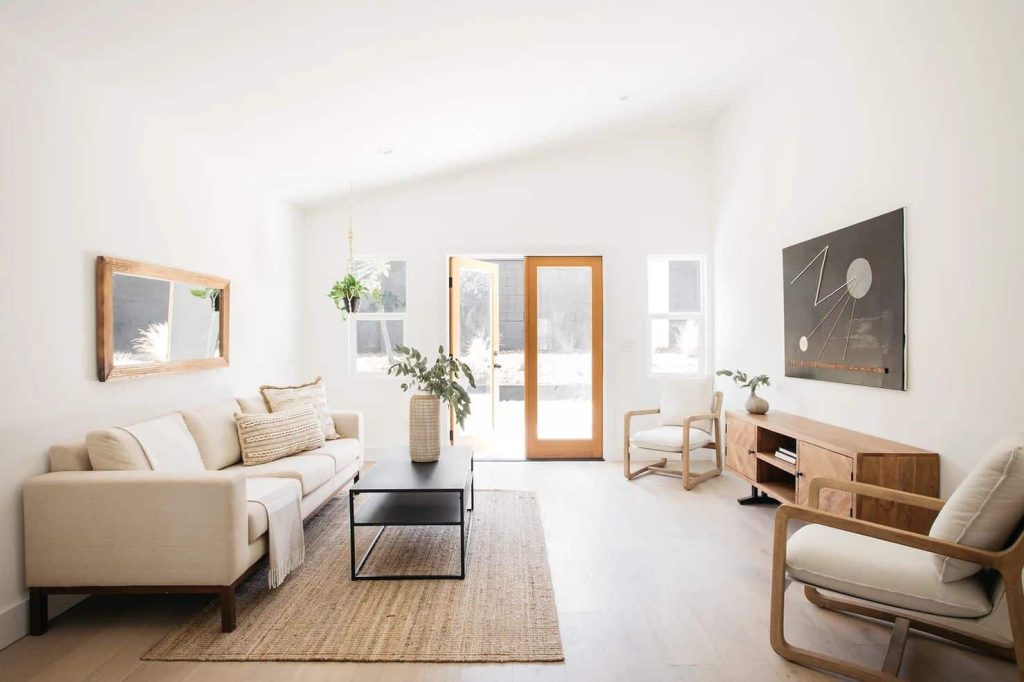
Minimalism is not a one-size-fits-all lifestyle. For some, it means drastically reducing physical possessions; for others, it’s about simplifying schedules or prioritizing experiences over things. Before making any changes, take time to reflect on your personal goals. Are you seeking less stress, more financial freedom, or a greater focus on relationships and personal growth? Defining your “why” will guide your decisions and keep you motivated.
2. Start with Your Physical Space
Decluttering your environment is often the most visible and motivating first step in minimalist living. Begin with one area at a time—whether it’s a drawer, a closet, or a single room. Ask yourself these simple questions for each item:
- Do I use it regularly?
- Does it add value to my life?
- Do I truly enjoy it?
Items that fail to meet these criteria can be donated, sold, or recycled. Many people find that starting with small spaces, like a desk or a bedside table, makes the process manageable and helps build momentum.
3. Simplify Your Digital Life
Minimalism extends beyond physical possessions. Our digital lives—filled with emails, social media notifications, and countless apps—can be just as overwhelming. Start by decluttering your digital environment: unsubscribe from unnecessary newsletters, organize files, and limit social media use. Consider turning off notifications that interrupt your focus or mental peace. A clean digital space can lead to clearer thinking and more intentional use of your time.
4. Assess Your Commitments
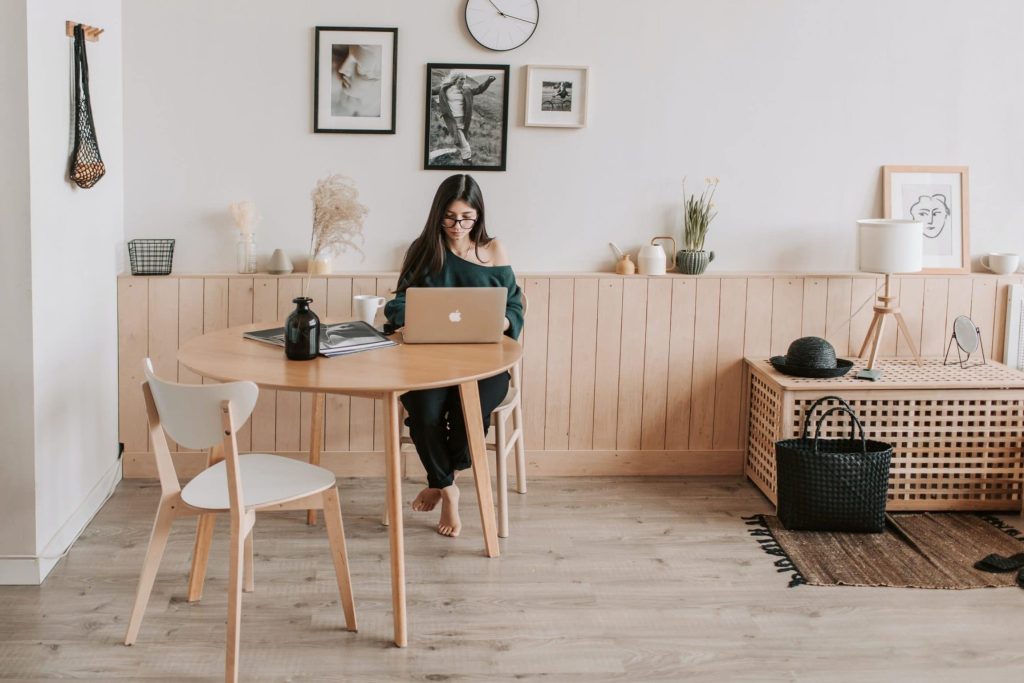
Minimalist living isn’t just about reducing stuff; it’s also about simplifying your schedule. Many of us feel stressed because of overcommitment. Take a look at your weekly obligations and evaluate which activities truly align with your values and goals. Learning to say no to non-essential commitments can create space for the things that matter most, whether that’s family, hobbies, or personal development.
5. Adopt a Mindful Consumption Approach
Minimalism encourages intentionality in everything, including consumption. Before making new purchases, pause and reflect: Do I really need this item? Will it improve my life, or is it a temporary desire? By buying less and choosing quality over quantity, you reduce clutter, save money, and lessen your environmental impact. Minimalism is not about deprivation—it’s about being intentional and valuing what you already have.
6. Create Daily Habits for Minimalist Living
Building a minimalist lifestyle requires consistent habits rather than a one-time decluttering spree. Small daily practices can include tidying up for 10 minutes each day, journaling about priorities, or planning your schedule around essential tasks. Over time, these habits create a natural rhythm of simplicity and intention.
7. Embrace Experiences Over Possessions
A core principle of minimalism is shifting your focus from acquiring things to creating meaningful experiences. Travel, learning new skills, and spending quality time with loved ones often bring more lasting satisfaction than material goods. By prioritizing experiences, you cultivate a richer, more fulfilling life without accumulating unnecessary items.
8. Be Patient and Flexible
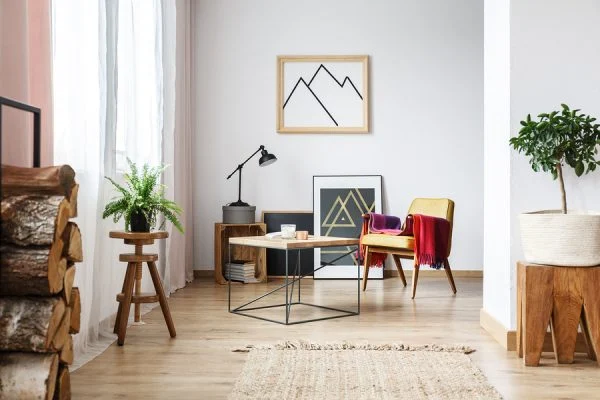
Minimalist living is a journey, not a destination. It’s normal to feel challenged when letting go of possessions, habits, or commitments. Progress may be gradual, and your definition of minimalism may evolve over time. The key is to stay patient, celebrate small wins, and remain flexible. Minimalism is about creating a lifestyle that works for you—not following someone else’s rules.
Conclusion
Starting a minimalist lifestyle doesn’t require a drastic overhaul. It begins with understanding your values, decluttering your physical and digital spaces, simplifying commitments, and making intentional choices. By adopting mindful habits and focusing on experiences over things, you can create a life that feels lighter, calmer, and more fulfilling. Remember, minimalism is not about having less—it’s about making room for what truly matters.

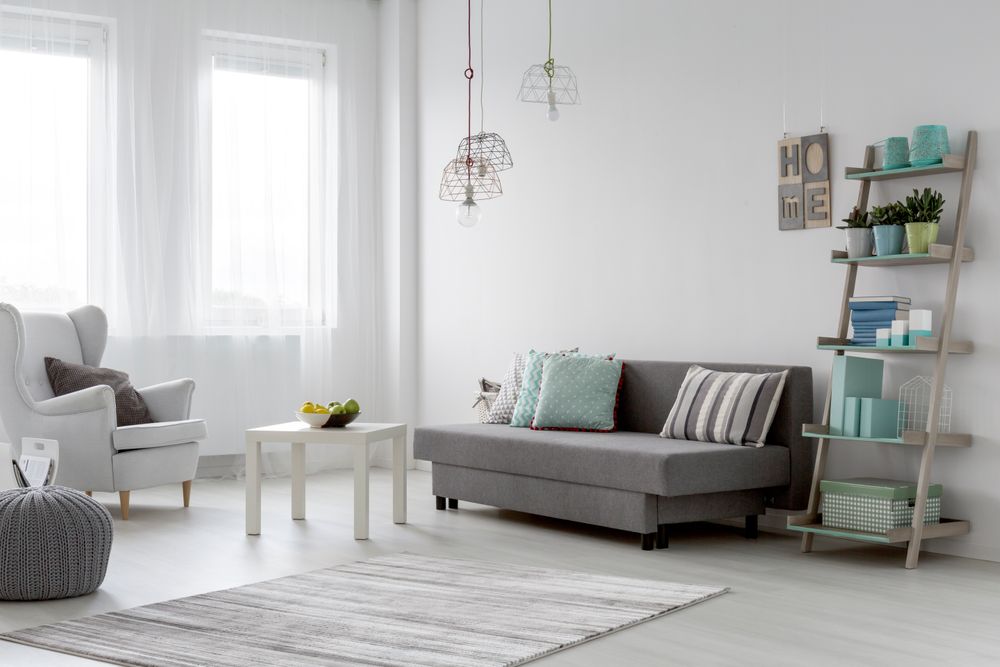

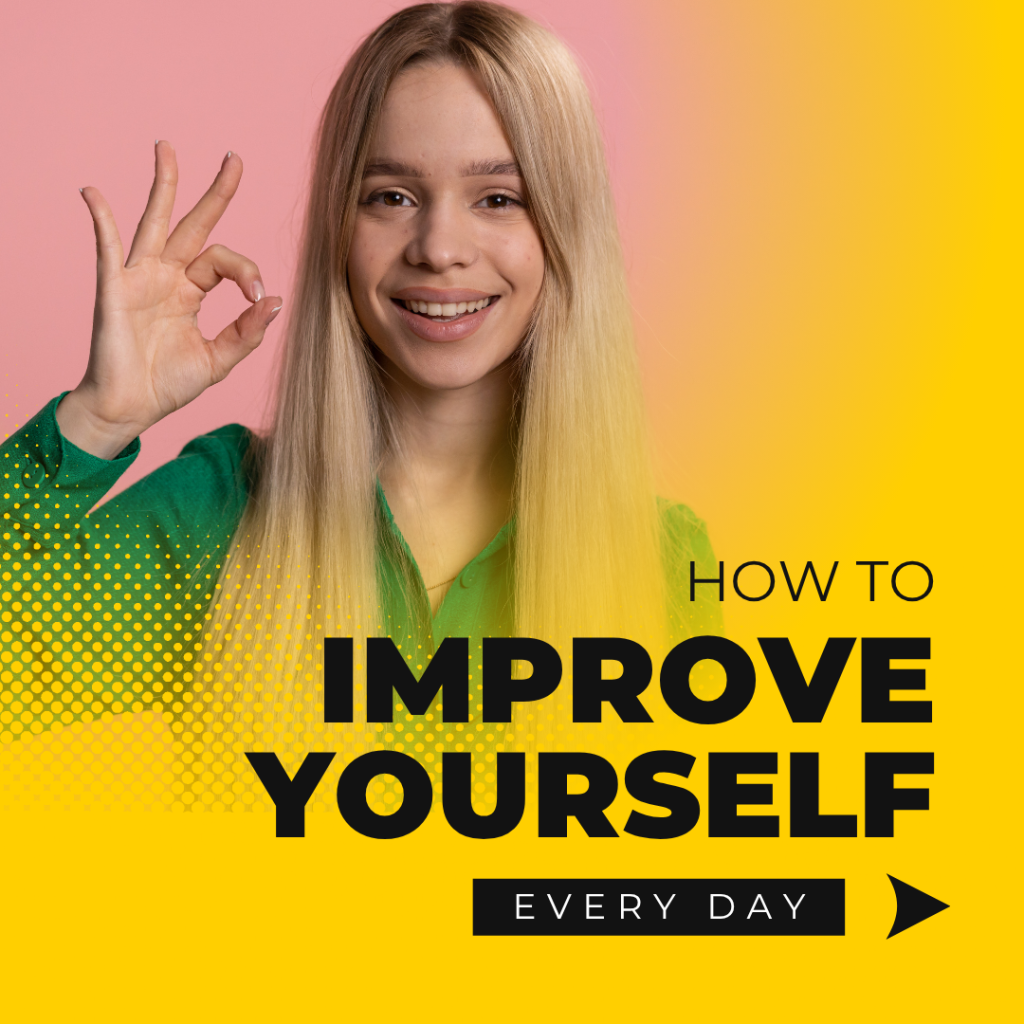
Leave a Reply